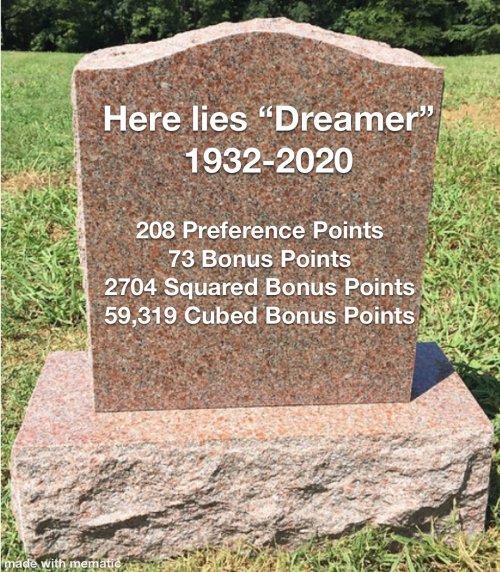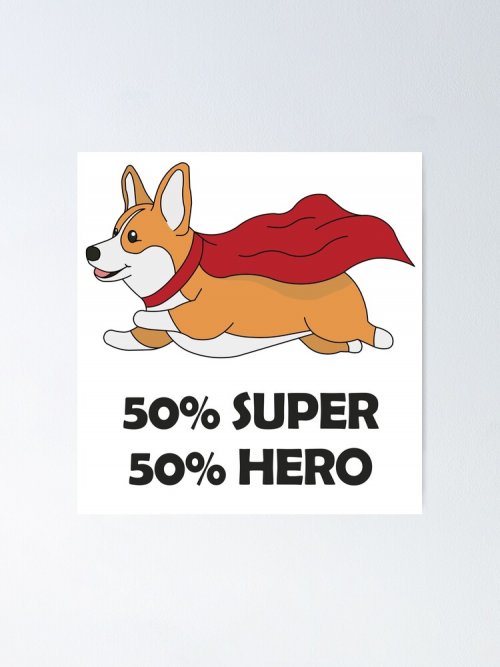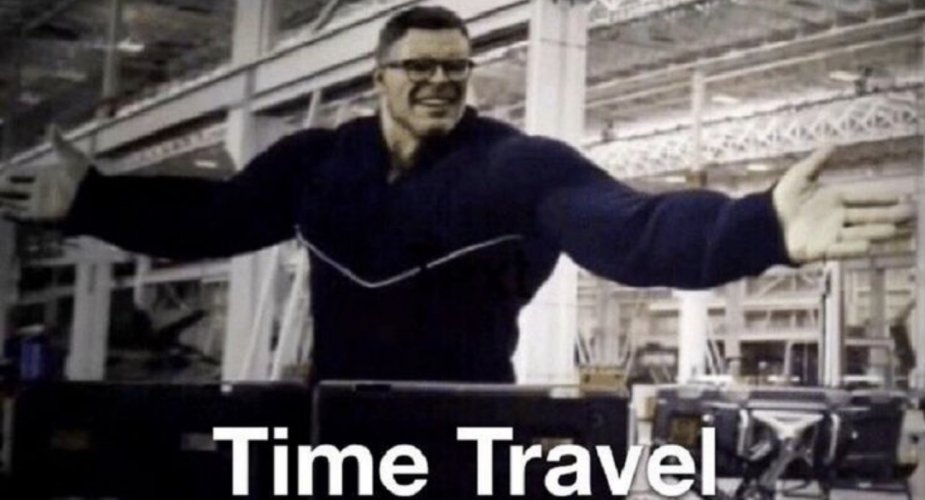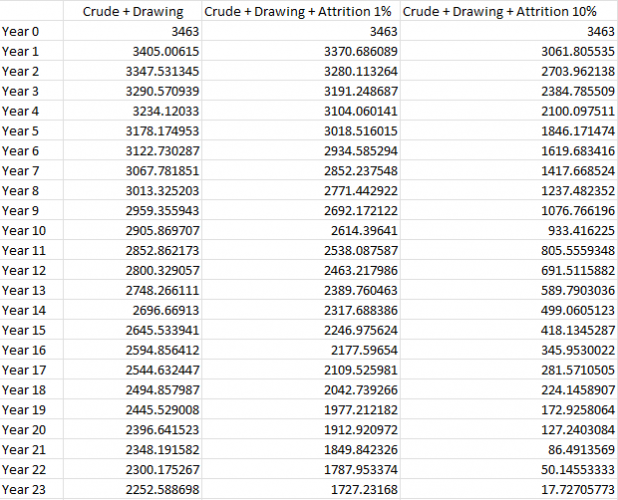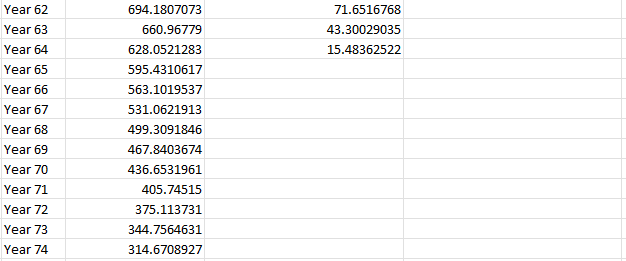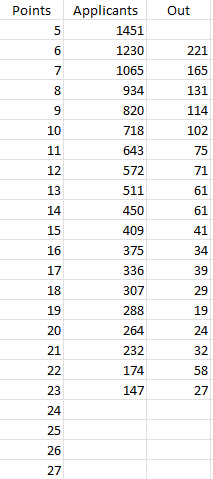shb
Well-known member
- Joined
- Jul 24, 2018
- Messages
- 684
We bought the points.
We should own them.
We should be able to sell them, if we're sick of the shit show.
We should own them.
We should be able to sell them, if we're sick of the shit show.




